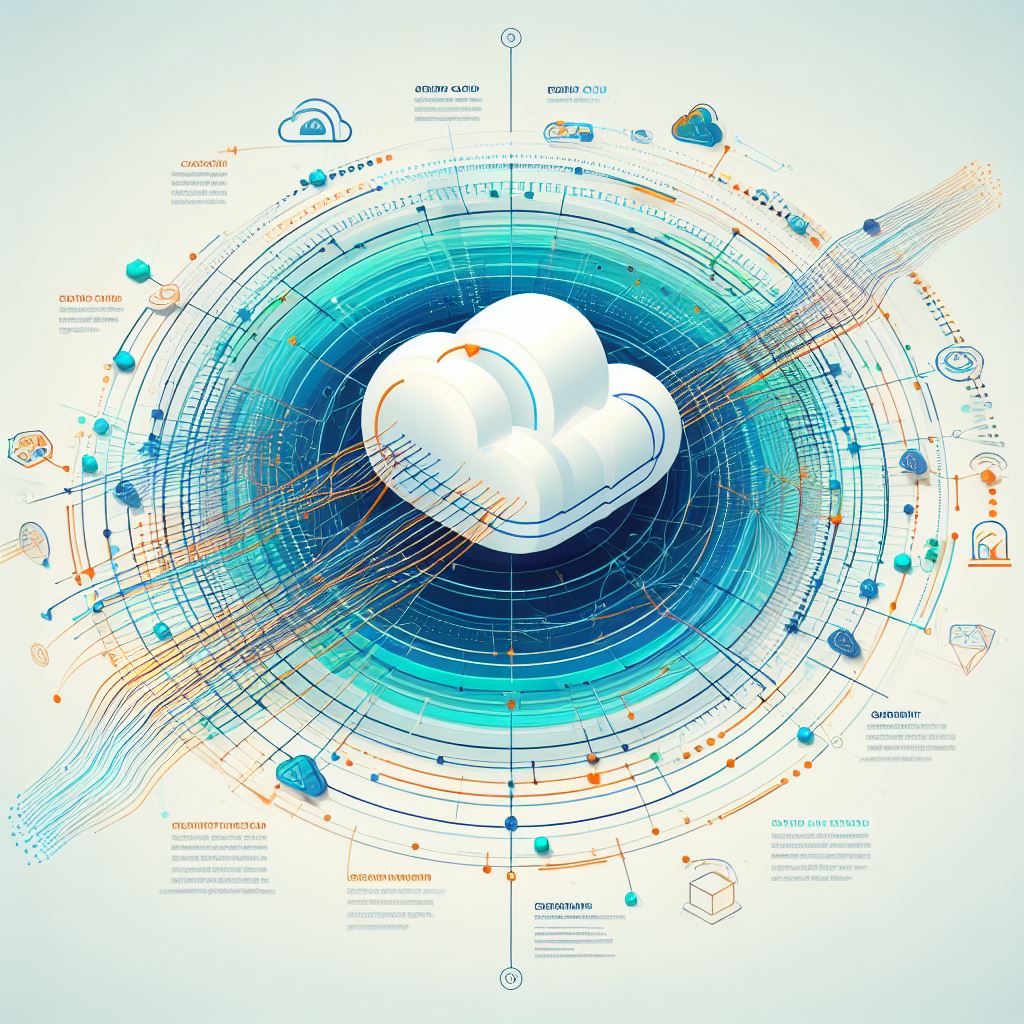The amalgamation of Cloud Computing and Edge Computing is paving the way for faster, more efficient, and highly responsive digital infrastructures. As organizations strive to process and analyze data in real-time, integrating Cloud with Edge Computing emerges as a symbiotic solution.
Here’s an insight into how this integration is redefining operational landscapes:
1. Enhanced Performance:
- Edge Computing processes data near the data source, reducing latency, while Cloud Computing provides powerful computational and storage resources, thus collectively enhancing system performance.
2. Real-Time Data Processing:
- Edge Computing allows for real-time data processing at the edge of the network, enabling instant analytics and insights.
3. Optimized Bandwidth:
- By processing data locally on edge devices, the bandwidth requirement on networks is significantly reduced.
4. Scalability:
- Cloud platforms provide the scalability required to manage vast amounts of data and services while edge solutions scale horizontally, enhancing the capacity to process data locally.
5. Cost-Effectiveness:
- The hybrid model can be more cost-effective by reducing data transport costs to central data centers and optimizing cloud resource utilization.
6. Data Privacy and Compliance:
- Processing sensitive data locally on edge devices can help in adhering to data privacy regulations and compliance mandates.
7. Reliability and Resilience:
- The integration allows for continued operations even during network downtimes, making systems more reliable and resilient.
8. Accelerated Digital Transformation:
- By harnessing the collective power of cloud and edge computing, businesses can accelerate digital transformation initiatives.
9. Enhanced User Experience:
- Lower latency and faster data processing result in a significantly better user experience.
10. Hybrid Application Development:
- Developers can create applications leveraging both cloud resources and edge processing, thus opening up a new realm of innovative hybrid applications.Conclusion:
The integration of Cloud Computing and Edge Computing provides a balanced, efficient, and highly adaptable digital infrastructure capable of meeting the exigencies of modern-day business operations. By navigating the transition thoughtfully and adopting a structured approach to integration, organizations can harness the synergies of both cloud and edge, setting a robust foundation for innovative solutions and a faster response to market dynamics.
Note: The journey towards integrating Cloud and Edge Computing requires a well-structured strategy considering factors like data privacy, network architecture, and operational readiness. Engaging with experts, understanding the technological and operational implications, and nurturing a culture of continuous learning and adaptation are essential steps towards a successful Cloud-Edge integration.

